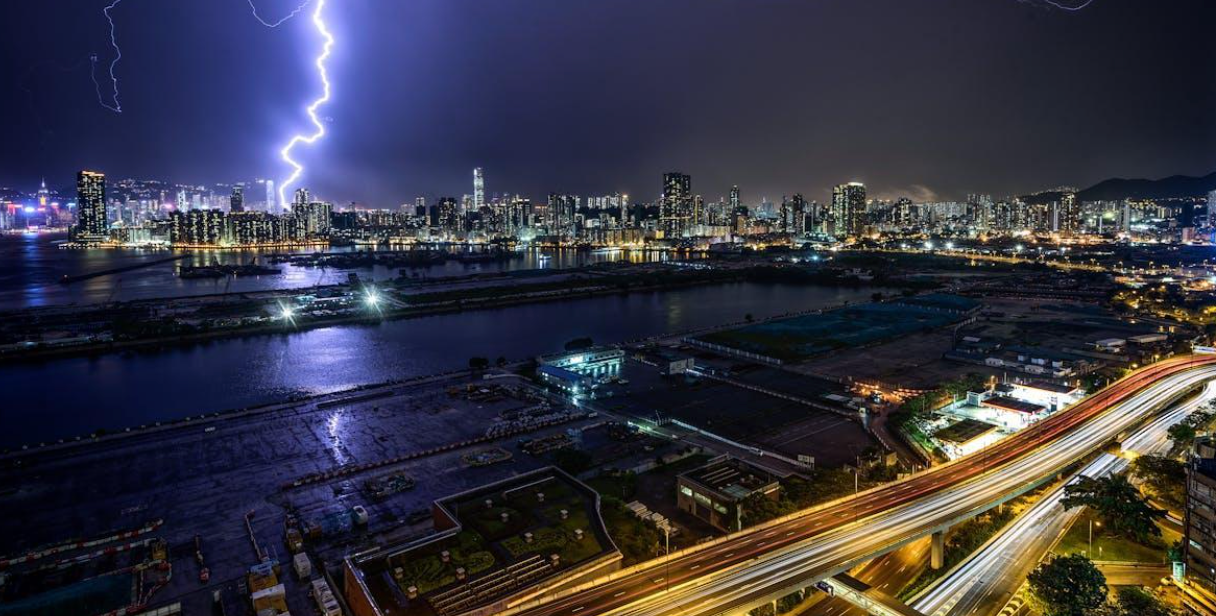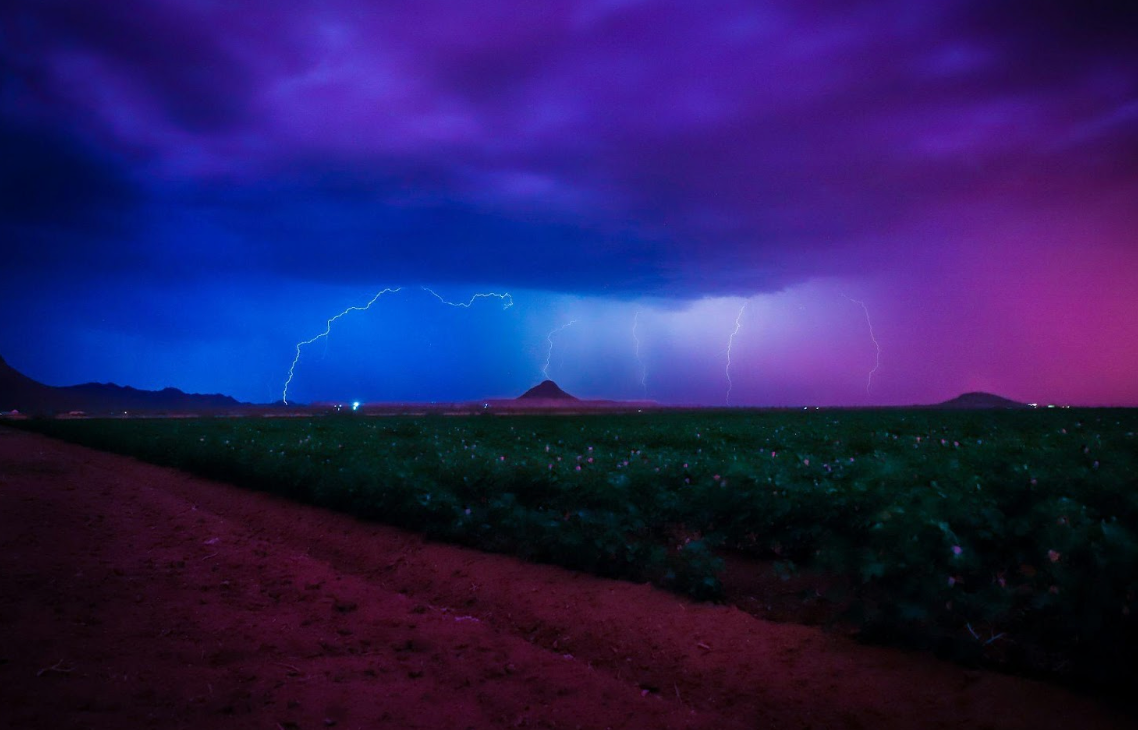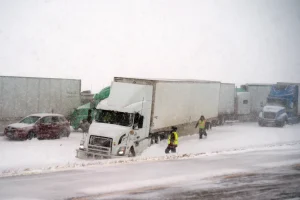Mastering Weather as a Character: Safe Planning for Storm and Cloud Time-Lapse Photography

Weather isn’t just a backdrop; it can be a powerful character in our storytelling. When we capture storms and clouds in time-lapse, we’re weaving a narrative that evokes emotion, so plan like a pro: scout vantage points, set safe distances, and pack a kit with batteries, rain covers, and essentials. If you’ve had bariatric surgery, plan personal care too and review guidance on cold medicine after gastric bypass before long field sessions.
Safety starts with anticipation. Read radar, check lightning proximity, and build exit routes; stabilize your rig with a weighted tripod and pre-set intervals to avoid fiddling in bad weather. After hours in wind and sun, take a quick recovery pause, hydrate, clean gear, and restore your skin barrier with a hydrating face glow serum, then review footage and adjust your plan for the next cell.
Understanding Weather as a Character
Weather plays a vital role in storytelling, acting as a character that influences mood, atmosphere, and narrative direction. Understanding weather patterns enhances our ability to capture emotionally engaging time-lapses. Storms create tension and drama, while gentle clouds can evoke calmness and serenity. Recognizing these effects can elevate our photography.
Identifying weather conditions is crucial for successful planning. We must monitor forecasts to anticipate changes, as weather can shift rapidly. Different conditions yield unique visual outcomes. For instance, clear skies during the golden hour provide vibrant colors, while stormy skies create dramatic shadows and contrasts. Planning accordingly allows us to harness the emotional pull of these effects.
Utilizing technology aids our understanding of weather. Radar apps, satellite imagery, and weather alerts provide real-time data, keeping us informed about shifting conditions. These tools allow for proactive decision-making regarding our shooting locations and times. We gain a strategic advantage by utilizing these resources.
Incorporating weather as a character in our storytelling also entails recognizing safety protocols. Knowing when to seek shelter and how to respond to severe weather ensures our protection while capturing stunning visuals. Familiarizing ourselves with guidelines from authoritative sources, like NOAA, is essential in making informed safety decisions.
Understanding weather as a character enriches our time-lapse projects. It allows us to transform everyday scenes into mesmerizing narratives, connecting viewers to the emotional essence of our work. By prioritizing safety and applying our understanding of weather dynamics, we can create compelling storytelling through our photography.
Importance of Planning for Time-Lapses
Planning time-lapse photography around weather can enhance our visuals and narratives. Taking the time to prepare contributes significantly to achieving stunning results while keeping safety a priority.
Choosing the Right Equipment
Choosing the right equipment ensures we capture high-quality time-lapses regardless of weather conditions. Selecting a sturdy tripod stabilizes our camera and minimizes shake during strong winds. Utilizing a wide-angle lens maximizes our field of view, ideal for expansive cloud formations. A reliable intervalometer allows for precise timing, essential for smooth transitions in our footage. Weather-sealed gear protects our equipment from moisture and debris, enabling us to shoot in various elements safely. Packing extra batteries and memory cards prepares us for extended sessions, allowing flexibility in our shooting schedule.
Safety Considerations
Safety considerations play a vital role in our planning for time-lapses. Monitoring weather conditions through apps and forecasts ahead of time allows for quick adjustments in our shooting locations. Positioning ourselves away from potential hazards, such as falling branches or flooding, helps keep us safe during storms. Wearing appropriate clothing and carrying protective gear ensures we remain comfortable and ready for sudden weather changes. Familiarizing ourselves with local emergency guidelines prepares us for any unexpected situations. Having a backup plan keeps us adaptable, maintaining our focus on capturing compelling visuals while prioritizing our safety.
Storm Time-Lapse Techniques

Photo by Frankie Lopez on Unsplash
Capturing storms and clouds effectively requires specific techniques designed to showcase their dynamic nature. We explore methods to maximize visual impact while ensuring safety.
Capturing Dynamic Cloud Movements
To capture dynamic cloud movements, we employ longer exposure times and carefully planned intervals between shots. Using an intervalometer allows us to set precise intervals tailored to the cloud speed, enhancing the fluidity of motion in our time-lapse sequences. Selecting a wide-angle lens broadens our field of view, showcasing vast cloudscapes. Positioning ourselves at higher elevations can provide unique perspectives, revealing cloud depth and layers. Adopting the appropriate frame rate balances the smoothness of motion with the drama of the storm, creating an engaging narrative.
Lighting and Exposure Tips
Optimal lighting enhances the drama in our storm time-lapses. We shoot during the golden hour, shortly after sunrise or before sunset, when natural light creates rich colors and contrasts. Adjusting the aperture allows for control over depth of field, while using a low ISO minimizes noise in our images. Employing ND filters helps us manage exposure on bright days, permitting longer shutter speeds without overexposing. Metering for the highlights helps preserve cloud details during intense lighting. Establishing consistent exposure settings across frames ensures a unified look throughout our time-lapse, maintaining visual coherence and impact.
Cloud Time-Lapse Strategies
We focus on leveraging specific strategies to effectively capture stunning cloud time-lapses. Careful consideration of weather conditions and post-processing methods enhances our visual narratives.
Ideal Weather Conditions for Clouds
Optimal cloud time-lapse photography occurs during partly cloudy or overcast conditions. We seek days with significant cloud movement for dynamic visuals. Preferable times include early mornings or late afternoons when light angles create vivid contrasts. Avoiding extreme weather, like heavy rain or thunderstorms, ensures safety and reduces risks. Monitoring wind speeds enhances our ability to capture intriguing formations, while high humidity can lead to dramatic cloud density, offering unique visual opportunities. Evaluating forecast tools effectively assists in identifying these ideal conditions.
Post-Processing Techniques
Post-processing techniques are vital for enhancing cloud time-lapse images. We utilize software like Adobe Lightroom and After Effects to adjust contrast, brightness, and color balance, allowing for creative expression. Consistent exposure settings across frames guarantee a cohesive appearance during editing. Adding motion blur effects can accentuate cloud movement, providing a sense of dynamism. We also apply graduated filters to manage transitions between light and shadow areas. Speed adjustments during playback can highlight dramatic changes, making our cloud narratives more engaging and impactful. These techniques enrich the storytelling element inherent in our time-lapse photography. For more insights on weather safety, check out NOAA.



